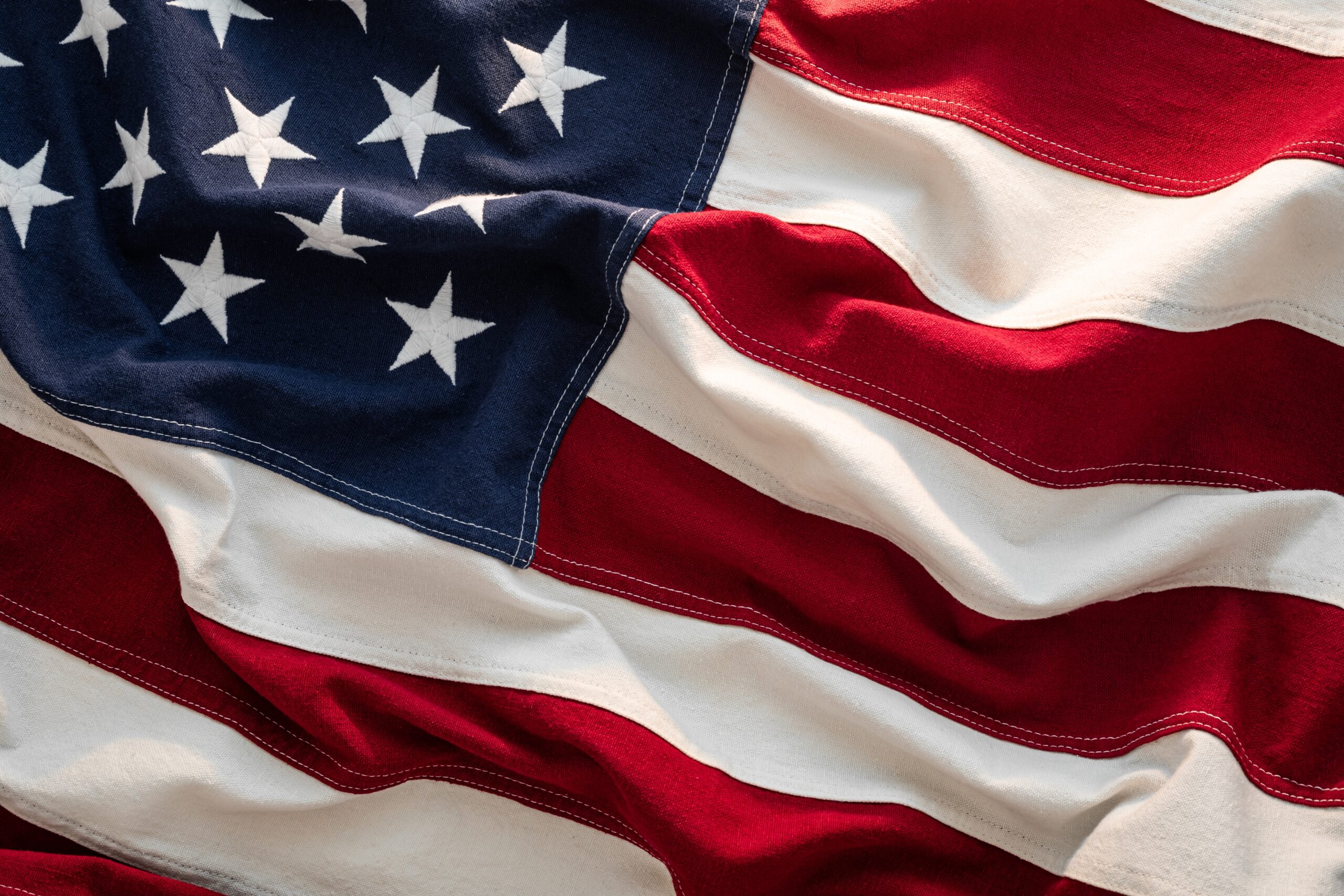
Trump Tariff Update
Protectionist measures raise concerns over economic growth
As the deadline for the next round of U.S. tariffs approaches, President Donald Trump’s renewed protectionist policies are drawing both support and criticism from economic analysts, global institutions, and business leaders. While the administration has finalised trade deals with the United Kingdom and Vietnam—locking in tariffs of 10% and 20% respectively—experts warn that the broader economic consequences may be felt for years to come.
A Calculated Delay
The return of tariffs in 2025 led to an earlier postponement, reportedly intended to calm bond markets. Since then, the White House has moved swiftly to secure bilateral trade agreements that include permanent tariffs as part of their framework, signalling that tariffs remain central to the administration’s economic strategy.
While these deals mark a shift toward long-term tariff implementation, they are likely to reignite debates over their effectiveness in strengthening the U.S. economy.
Domestic Economic Projections
According to projections from the Congressional Budget Office (CBO), the tariffs could offer modest federal revenue gains but are likely to reduce overall GDP growth and increase inflation. Rising consumer prices, in turn, may erode household purchasing power and increase business operating costs.
The Penn-Wharton Budget Model reached similar conclusions, forecasting declines in GDP and wage growth if the tariffs remain in place permanently. We cannot predict the full impact until the final details of the tariff measures are unveiled.
Warnings from Leading Economists
Nobel Prize-winning economist Joseph Stiglitz has compared the Trump administration’s strategy to the infamous Smoot-Hawley Tariff Act of the 1930s, arguing that protectionist measures risk triggering global retaliation and harming the very workers they intend to protect.
Economist Thomas Sowell added that policy unpredictability could lead consumers and investors to hold back spending, potentially echoing the economic stagnation seen during the Great Depression.
A Divided Outlook
While the Trump administration maintains that tariffs are necessary to protect American jobs and industries, critics argue that the policy risks outweigh the benefits. As the announcement looms, markets remain on edge, and investors are bracing for the economic and political consequences.
The full impact of these measures—both at home and abroad—will unfold in the coming months. What remains clear is that tariff policy, once considered a temporary negotiating tactic, now appears to be a cornerstone of U.S. economic strategy under Trump’s second term.
